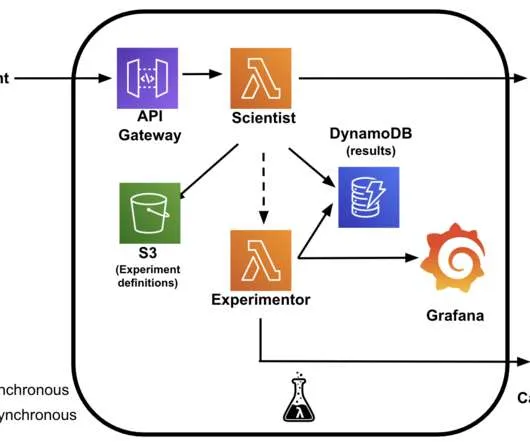With so many serverless offerings available, making the right choice can be problematic. Getting a straight feature comparison is challenging, as the actual operational characteristics of each serverless platform can vary significantly — from how the serverless functions are invoked, to how they are billed. In this article, we’ll discuss the serverless offerings of each of the three major cloud service providers: Amazon Web Services, Google Cloud and Microsoft Azure. We’ll compare each one against the others and determine a winner based on four criteria: cost, ease of integration, the number of integrable services, and industry adoption metrics.
Reviewing the Landscape
There are three major serverless players we’ll be discussing. The first is AWS Lambda, which was released in 2014 and was the first serverless offering available. It provides trigger integration with numerous AWS products, from simple HTTP-driven events to S3 executions based on file upload characteristics. For many companies, choosing AWS to drive their serverless functions means keeping all of their infrastructures in one place, as by some accounts AWS runs approximately 40% of the cloud market.
The next service we’ll examine is Google Cloud Functions, which runs on the Google Cloud platform and reached general availability on July 24, 2018, after a lengthy beta period. As with AWS, a number of triggers are available for Google Cloud Functions, from simple HTTP triggers to workflows driven by Cloud Scheduler and Cloud Tasks.
The final service of interest is Microsoft Azure Functions, which was released to general availability in 2017. This was after a long beta period, during which Microsoft continued to enhance the ties between Azure Functions and the rest of the Microsoft Azure platform. Microsoft’s offering has extensive notes and documentation, and depending on the version you are running, will allow multiple different services as triggers, input sources, or output sources.
Comparing Microsoft and Google
To begin our comparison, we’ll start by pitting Microsoft Azure Functions against Google Cloud Functions. Both offer scalable function infrastructure that can grow to meet the capacity needs of your serverless application. Let’s look at a few specifics: function execution times, ease of setup/integration, and pricing.
The infrastructure-based execution times for most public cloud services are comparable. Microsoft Azure Functions and Google Cloud Functions both have similar cold start times, with similar amounts of overhead, and since 2017 the gap has only grown smaller. Where Google Cloud Functions had an advantage over Microsoft Azure Functions was in ease of setup. While Microsoft Azure Functions features great flexibility in configuring new items, Google’s UI showcases its origins as a web-first company, with intuitive user interface flows and easily understood options.
#cloud services #serverless #contributed #sponsored
